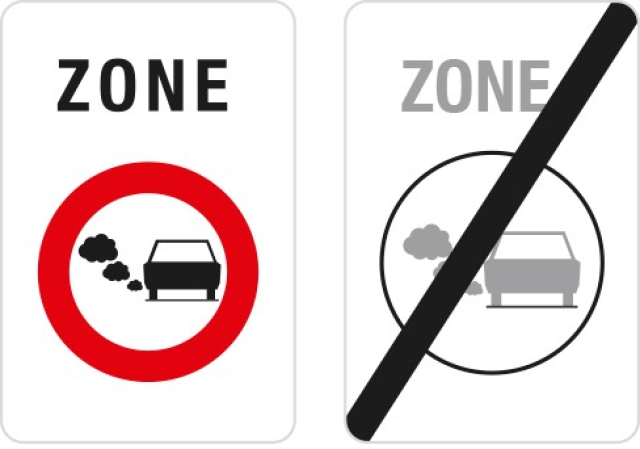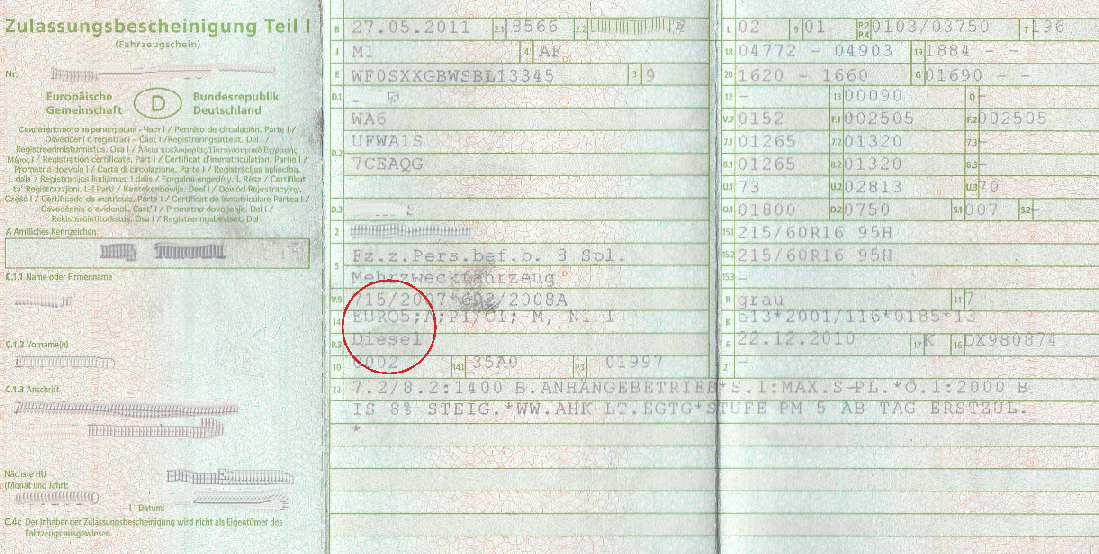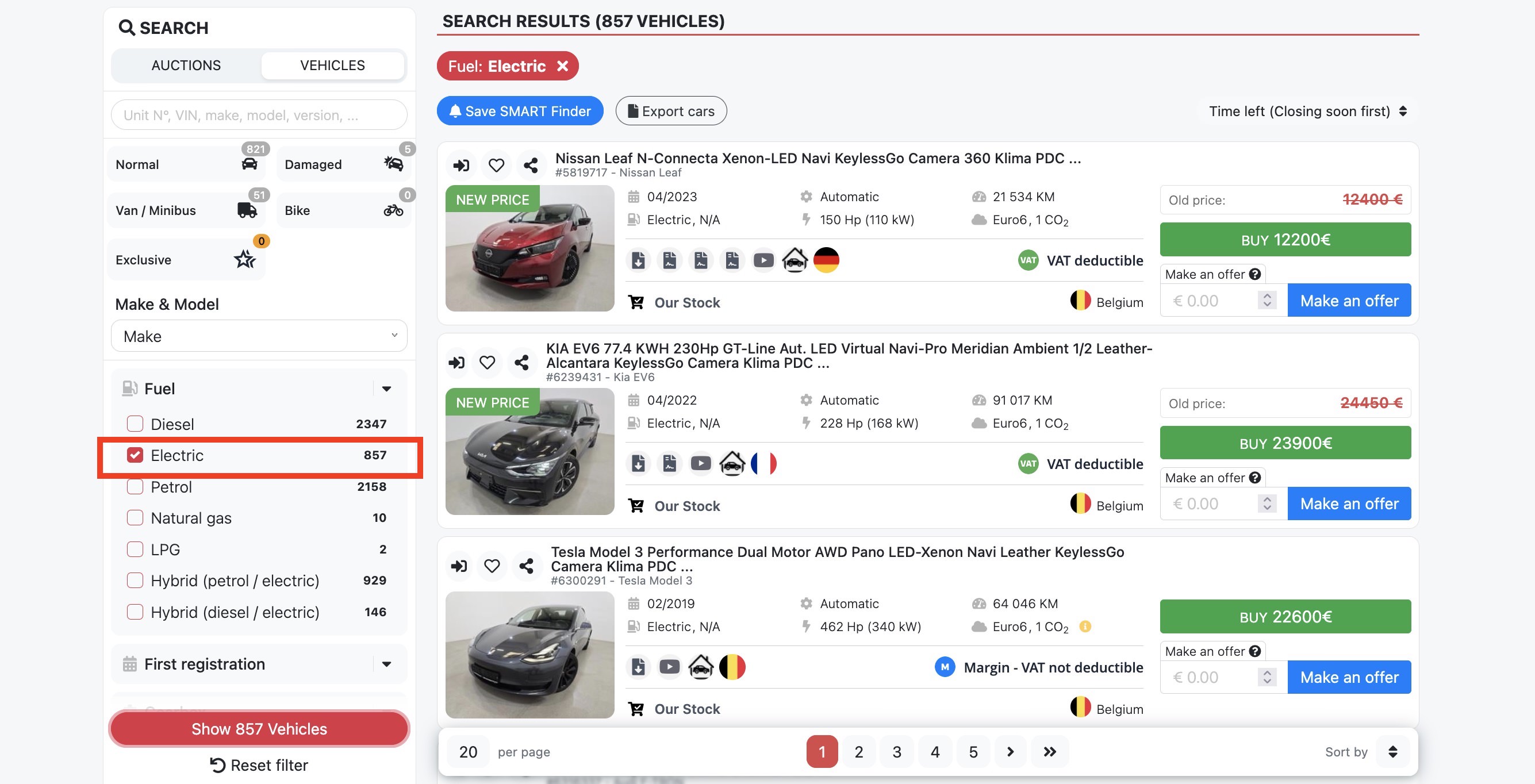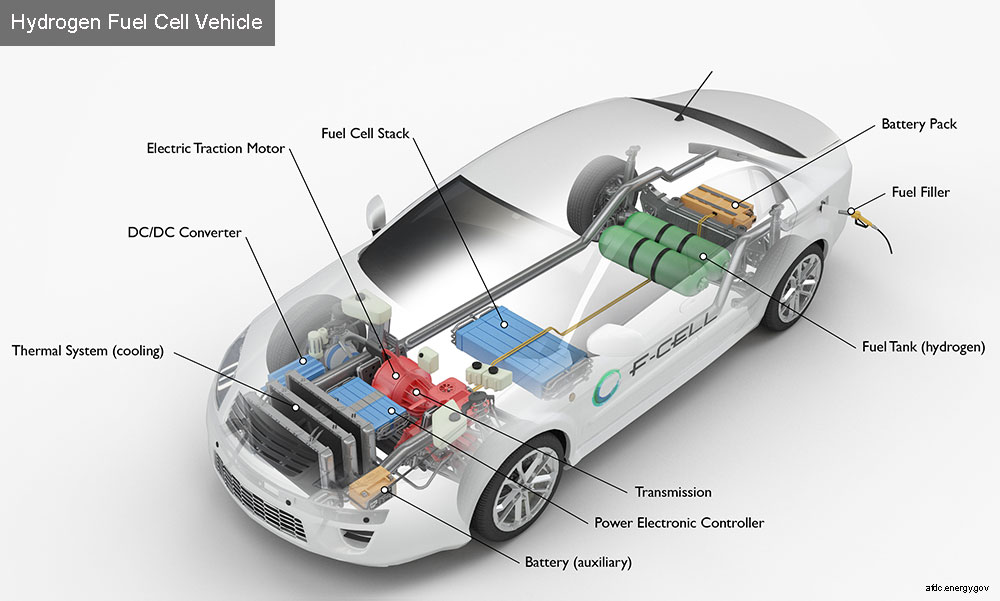- Blog
- 2023 Guide to Car Emissions: What Every Buyer in Europe Should Know
Car Emissions Guide for 2025: What Every EU Buyer Should Know
Buying a car but you’re worried about air pollution? Read this article and get a rundown on key facts, considerations, and EU legislation for car CO2 emissions.

Cars play a big role in Europe’s CO₂ emissions, which makes them a central topic for both buyers and traders.
Emissions don’t just come from driving - production and disposal also add to a vehicle’s footprint.
This article takes a closer look at why emissions matter in 2025, how EU rules affect the market, and what traders should keep in mind when choosing which cars to sell.
From Euro standards to CO₂ taxes and the rise of electric vehicles, we’ll cover the key points that can impact your buying and selling decisions.
Current EU legislation regarding car emissions
Besides the environmental impact of a vehicle, legislation also plays an important role in purchasing decisions. These rules apply to all market players and directly shape demand.
The two main elements to keep in mind are the Euro Emission Standards and the CO₂-based tax regulations.
► Euro emission standards
An important factor for car traders is the Euro Emissions Standards. These EU rules set the maximum exhaust emissions allowed for cars and are the reference point for compliance across the market.
Why does this matter when sourcing vehicles?
First, understanding the standards helps you choose cars that meet today’s environmental expectations and are easier to sell.
Second, cars that do not comply may face restrictions or fines. Many European cities already limit access for high-emission vehicles, which reduces their attractiveness to buyers.
For example, in Brussels there are clear signs marking the beginning and end of ultra-low emission zones where older, higher-emission cars cannot enter.

Signs for low-emission zones in Belgium
Every five or so years, Euro Emission Standards are updated to further limit harmful pollutants in our atmosphere. Once the standard is updated, all newly produced cars need to adhere to it.
If you buy a car that meets the Euro 6 Standard, its emissions are within EU limits and you can drive it anywhere in the EU.
A used car with a lower standard is still legal to drive in most places, but access to low-emission zones is restricted. In most cases, you need at least Euro 4 to enter those areas.
How to check emission standard for your vehicles?
-
Vehicle registration documents: In most EU countries, the emission standard (Euro 4, Euro 5, Euro 6, etc.) is listed in the car’s registration papers.
-
VIN (Vehicle Identification Number): A VIN check can provide detailed information about the car, including its emission class.
-
Manufacturer information: The owner’s manual or the manufacturer’s website often specifies the standard for that model.
-
Official online databases: Many national transport authorities in the EU allow you to check a car’s Euro standard online by entering the registration number.

Alternatively, you can also ask your car dealer and they should be able to provide this information for you.
► Euro 7 standard
From 2026, Euro 7 will replace Euro 6 as the new emissions standard. It will set stricter limits for exhaust gases and also cover emissions from brakes, tires, and battery durability.
Euro 7 is the first standard to include non-exhaust emissions, such as particles from braking and tire wear.
For cars and vans, most current exhaust limits will stay, but there will be new rules for fine particles and for how cars perform over their lifetime.
Some rules will apply earlier for new vehicle types, while full rules for cars and vans are planned from 2030.
► CO2-based EU taxes for cars
In the EU, car owners may need to pay taxes based on how much CO2 their vehicle emits.
These taxes are different from the Euro Emission Standards. They are not set by the EU but by each member state, so the rules vary across Europe.
Not every country applies a CO2-based tax. As of 2020, only three member states - Estonia, Poland, and Lithuania - do not use this system.
In countries that do, the tax is usually calculated partly or fully on the car’s CO2 emissions or its fuel consumption. Find out how EU countries tax CO2 emissions.
Other considerations for car dealers
When it comes to car emissions, traders don’t just need to follow EU regulations - they also need to understand how different vehicle choices affect both the environment and market demand.
Below are a few key points that matter when sourcing cars for your customers.
► New vs used cars
It is easy to assume that a new car is always the cleaner option, but production also creates emissions.
A reliable used car, especially one that complies with Euro 6 standards (in force since 2015), can meet today’s requirements without adding the environmental cost of manufacturing.
For traders, this means used cars in good condition remain an attractive and sustainable stock choice.
► Big vs small cars
Vehicle size directly affects emissions. Larger models like SUVs consume more fuel and produce more CO2 than smaller cars.
However, demand for SUVs remains high among buyers who need space for families or long trips.
Traders should balance their stock: smaller, efficient cars for everyday use, and larger vehicles for customers who value space and comfort.
► Petrol vs diesel vs electric engines
Electric vehicles (EVs) are becoming increasingly important.
While electricity production can still involve fossil fuels, EVs generally produce far fewer emissions, especially in Europe where renewable energy is expanding.
Data shows that an EV can generate up to 80% fewer emissions than petrol or diesel cars.
For traders, this means adding EVs to stock is not only good for the environment but also aligns with growing customer interest and regulatory pressure.
Petrol and diesel still sell, but electric vehicles are clearly the direction the market is moving.

Car traders who want to stay competitive should factor emissions into their sourcing strategy.
Offering a mix of compliant used cars, smaller efficient models, and an increasing share of EVs will help meet buyer expectations and future regulations.
Platforms like eCarsTrade make this easier by providing cars with verified mileage, service history, and emission compliance.
Why do CO₂ emissions matter for car buyers in 2025?
In 2025, CO₂ emissions are not only an environmental issue but also affect the value and usability of a vehicle.
Cars with lower emissions often come with lower taxes and fees, while higher-emission cars can face extra costs and restrictions in low-emission zones, which are expanding across Europe.
At the same time, more buyers are looking for vehicles that meet the latest Euro standards or carry an ECO or Zero Emission sticker.
For traders, offering low-emission cars is both environmentally responsible and a practical way to meet market demand.
Car emissions in Europe's future
The current Euro 6 standard will soon be replaced by Euro 7, expected from 2026. Euro 7 will bring stricter limits on exhaust gases and, for the first time, rules on emissions from tires and brakes.
It will also require longer compliance periods and checks on EV battery performance. Euro 7 will be the last standard before the 2035 ban on new petrol and diesel cars.
From then on, only fully electric cars and vehicles running on carbon-neutral fuels, such as e-fuels or hydrogen, can be sold.
This ban will not affect existing cars, so traders can still sell and drivers can still use petrol and diesel vehicles registered before 2035.

The anatomy of a hydrogen fuel cell engine
However, just like with Euro Standards, this ban won’t affect existing cars. You’ll still be able to drive, buy and sell petrol or diesel cars because the ban will only affect new cars produced after 2030.
For traders, demand will move more and more toward low-emission and electric cars. EU countries already offer tax benefits and purchase incentives, as well as support for EV charging infrastructure.
The direction is clear: Europe is moving toward a carbon-neutral future. Traders who start preparing now will be in the best position.

